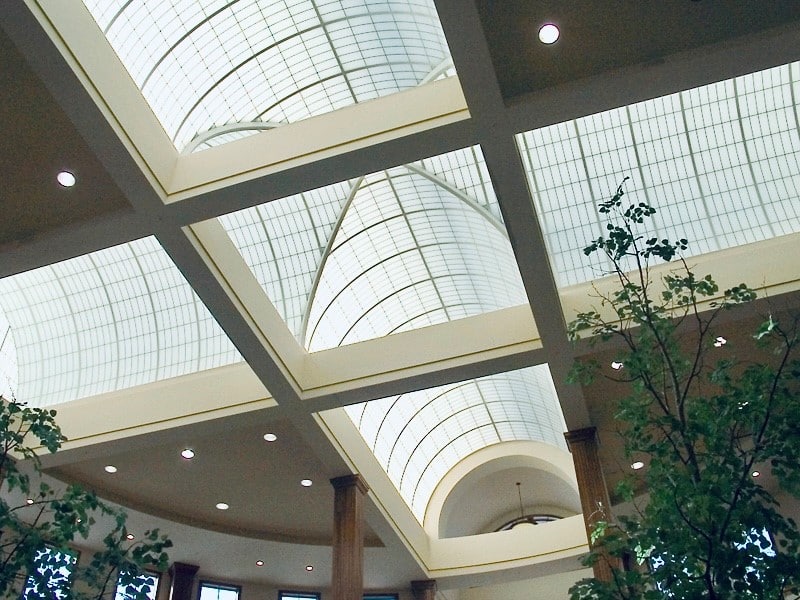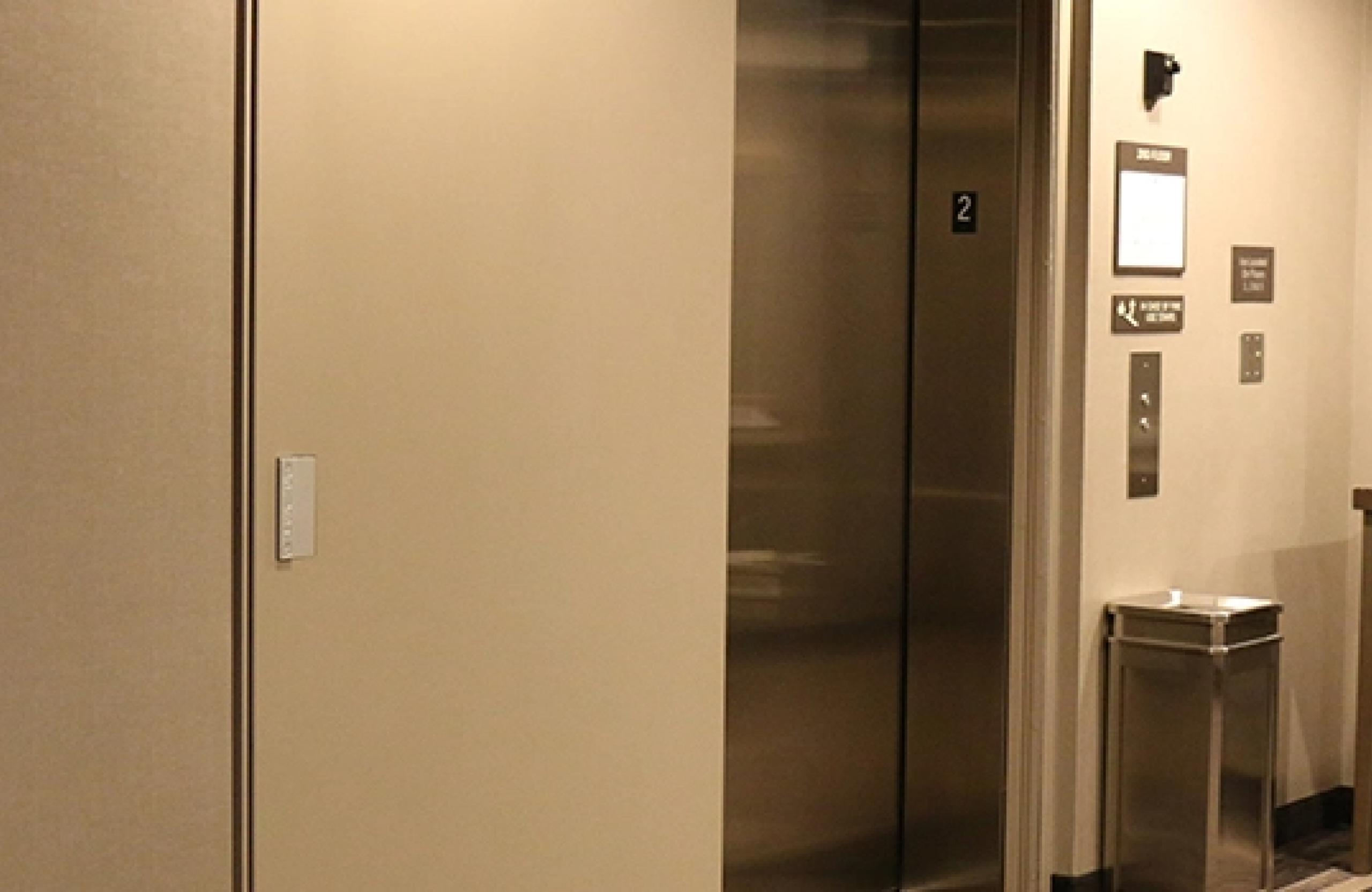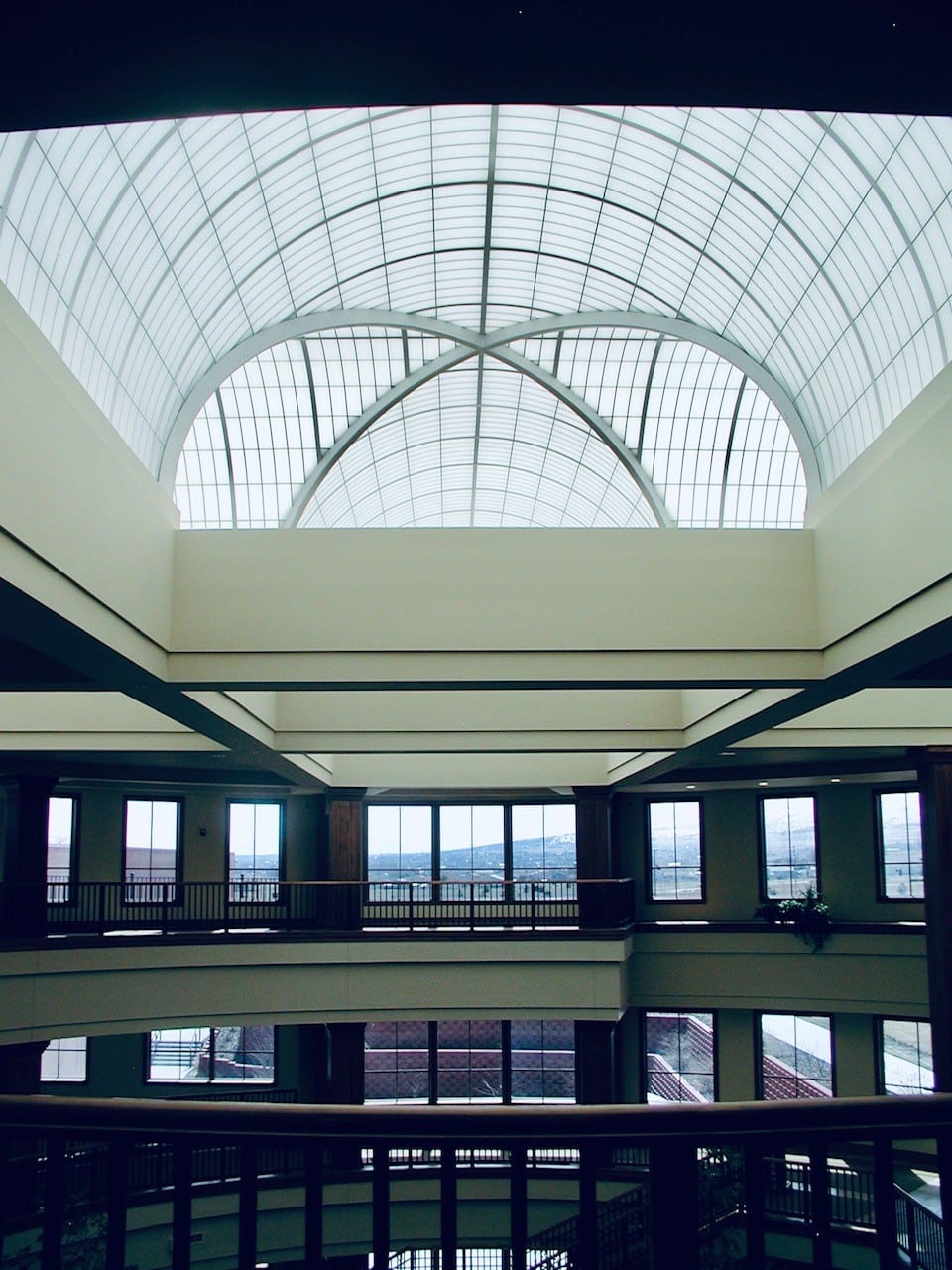Skyroof vs. Skylight: What’s the Difference?
The beauty of natural light is unmistakable. In addition, the positive impact of daylighting is irrefutable. When it is used to illuminate a building’s interior, tenants and visitors feel uplifted and inspired. Stores have the ability to make more sales, and offices can achieve better employee retention due to improved morale and overall wellbeing. In all cases, people experience better moods and higher energy levels.
There are two main lighting systems that bring large amounts of sunlight into a commercial building: skylights and skyroofs. While they serve similar purposes, there are a couple of key differences to keep in mind. Let’s dive into these below.
Skyroofs
Skyroofs are huge expanses that are made to replace an entire roof, if not a large part of one, and often use minimalistic framing to let as much light in as possible. While greenhouses use similar construction, skyroofs can be significantly larger.
A skyroof isn’t installed into an existing roof system. Instead, it replaces it. This eliminates compatibility problems that could arise if the two were fully integrated together. Skyroofs can be produced from panels that are flat or curved, allowing for interesting architectural designs. This can make the entire building unique, not only for how it is lit up during the day, but also for its shape as well.
Skyroof systems do have automation and retraction capabilities to allow for the flow of fresh air if the building is looking to take advantage of this kind of flexibility. While these projects are commonly seen in sports stadiums, they have the ability to be integrated into other buildings as well. One major consideration of skyroofs includes the weather conditions of the area, as snow load can be a major factor when considering implementation in colder climates.


Skylights
While skylights can technically be as large as skyroofs, the exact size and number of skylights to be integrated within a space is up to the project designer and architect. Some decide on one strategically placed skylight that serves as a major focal point, while others opt for several that can expand an interior space while visually opening it up to a larger outdoor space. In either case, the presence of a traditional ceiling allows for artificial ceiling lighting at night.
Since skylights are smaller than skyroofs, there are more possible configurations that can be considered. Along with the standard and slightly curved options, you can build them in pyramid shapes, domes, and other creative designs. Skylight materials are made to be self-cleaning when exposed to normal rainfall. They are also extremely durable and resist UV light.
Similarities Between Skylights and Skyroofs
Both skylights and skyroofs are made of clear or translucent materials, and both let the sun shine into the building during the day. With the right materials and manufacturer, both can be built in a variety of interesting ways as well as being used in standard configurations. Both options save building operators from having to run as many electric lights during the day. Power consumption is thereby reduced, making the building more energy-efficient and its illumination easier on both the environment and the owner’s budget.
Why Choose Alder's for Your Skylights and Skyroofs?
Alder’s is an exclusive distributor of skylight and skyroof products in Utah, Idaho, and surrounding areas. When you work with our team, you can expect unmatched customer service from our knowledgeable staff through every step of the design/build process. To learn more about our daylighting solutions – from awnings and facades to skyroofs and skylights and everything in between – reach out to us today.



